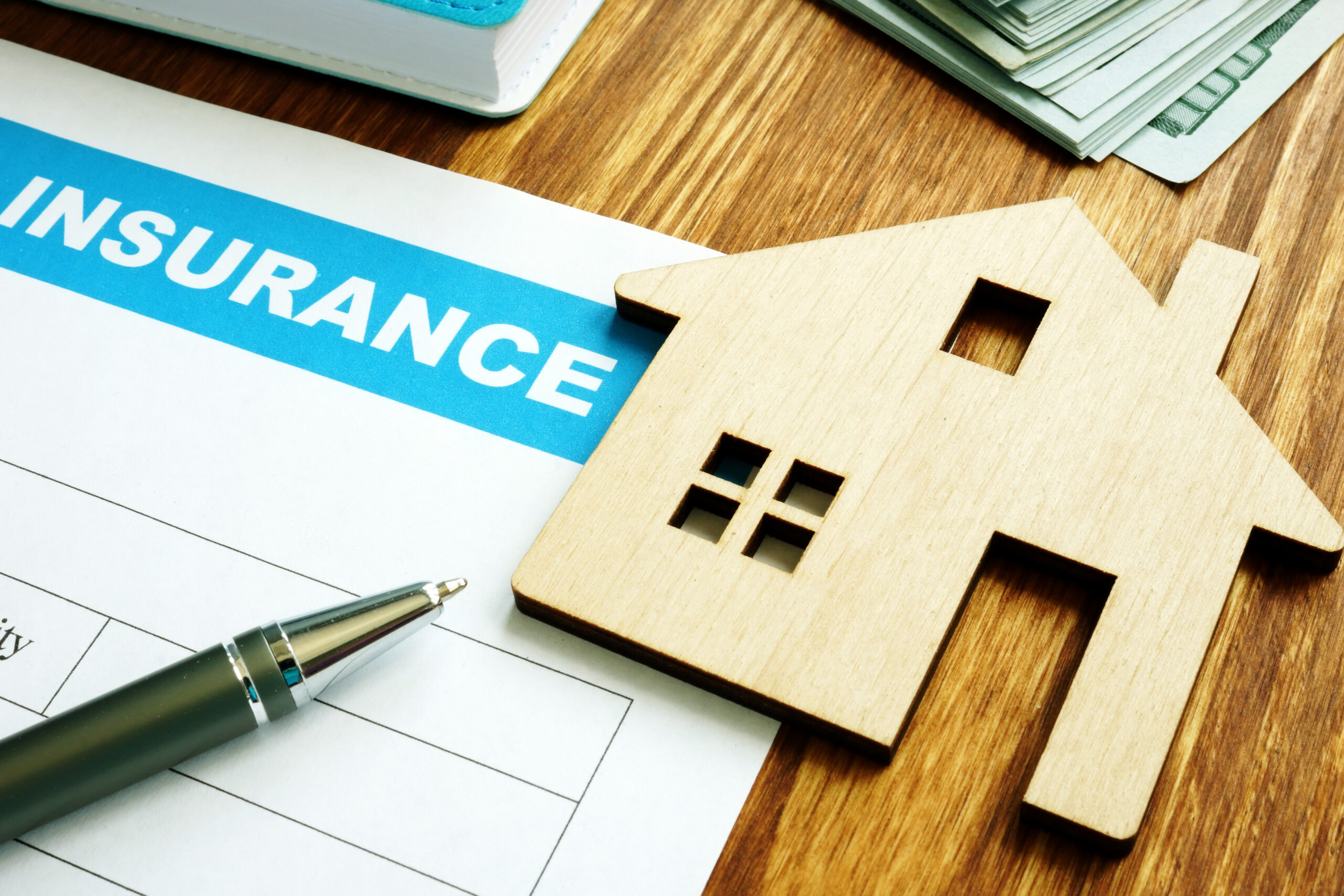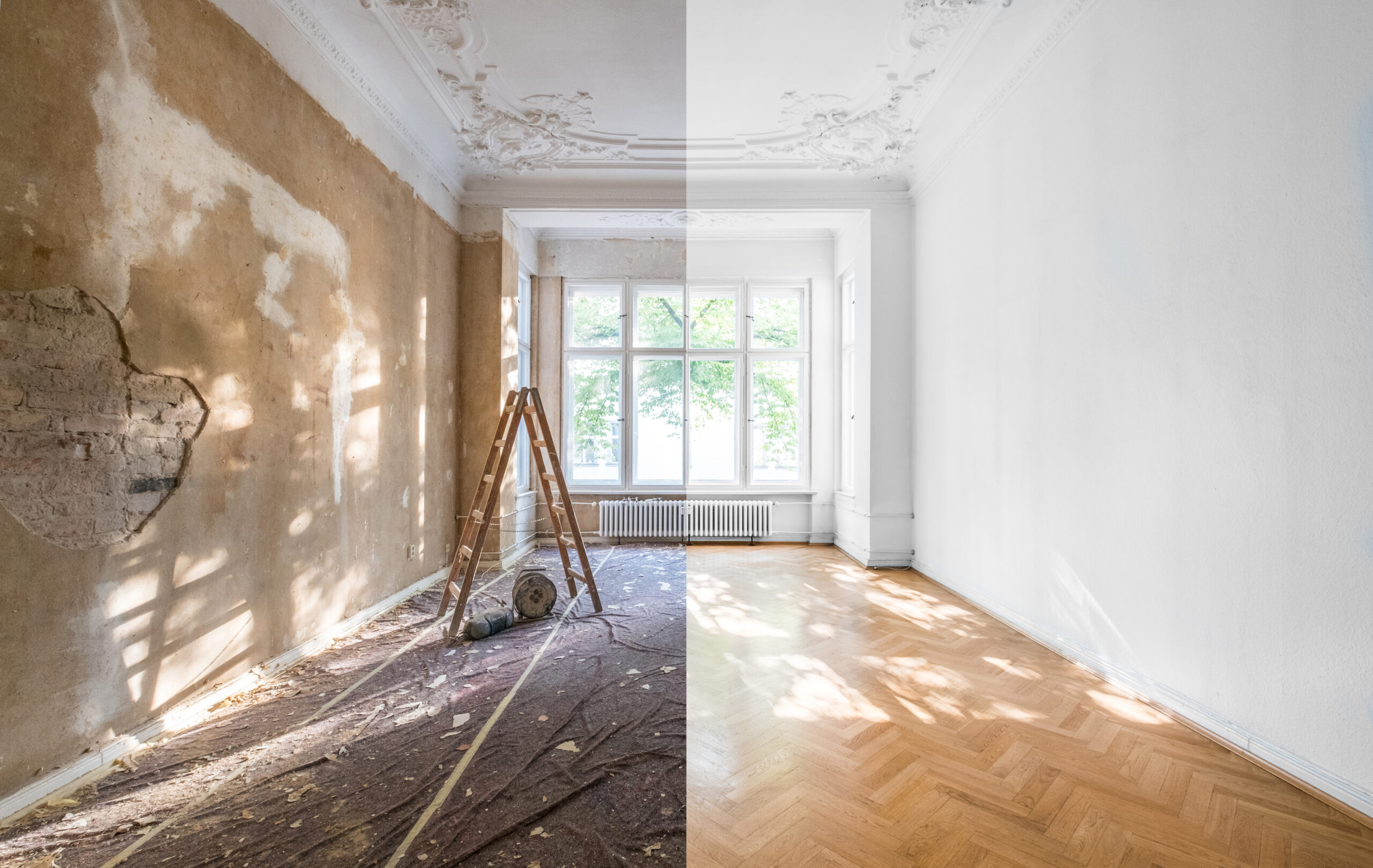Have you noticed an increase in your homeowner’s insurance premiums lately—maybe significantly? If so, you are not alone. There are a number of factors that impact how high or low insurance premiums are, and there are several currently at play which have contributed to a recent rise for many homeowners.
What Drives the Increase in Homeowners Insurance Premiums?
In general, the two primary factors that impact homeowners insurance: insurance rates and inflation. There are numerous things that affect each of these factors themselves, and each of them influence insurance premiums to varying degrees. Overall, when insurance rates and inflation go up, so do homeowners insurance premiums.
How Are Insurance Rates Factored and How Do They Impact Premiums?
Homeowners insurance rates are largely connected to the frequency and severity of severe weather. This, of course, means that rates often vary from state to state as the kind of severe weather experiences from one place to another can differ considerably. The more serious and recurrent storms and other weather-related events are, the more reinsurance—which is insurance for insurance companies—rises, making it more expensive for insurers to offer insurance. These increased costs are passed onto consumers by way of higher premiums.
What Impact Does Inflation Have on Insurance Premiums?
You’re probably well aware of the recent increase in inflation as it has impacted the cost of all sorts of goods and services, but how does inflation affect insurance premiums? Not only is the overall rate of inflation notably higher than average, but the rate of inflation for building labor and material costs has spiked even higher, meaning it is more expensive to rebuild homes. Since repairing and rebuilding homes now costs more, insurance companies have to compensate for those increases by upping premiums.
What Does It All Mean?
Insurance premiums are up nearly across the board due to heightened costs for insurance companies resulting from more severe and frequent weather events and increasing inflation. That said, these factors are not going to rise at the same rate nationwide, so the level at which you experience an increase largely varies on where your home is located. The bottom line is homeowners insurance premiums must go up in order to ensure you are fully protected and covered in the case of a total loss. While it can be frustrating to experience higher insurance rates, it is a small price to pay in the grand scheme of things should something happen to your home; it is better to be safe than sorry.
If you are interested in buying a new home or refinancing your current home, contact one of our experienced Loan Officers today to learn more about your mortgage options.


